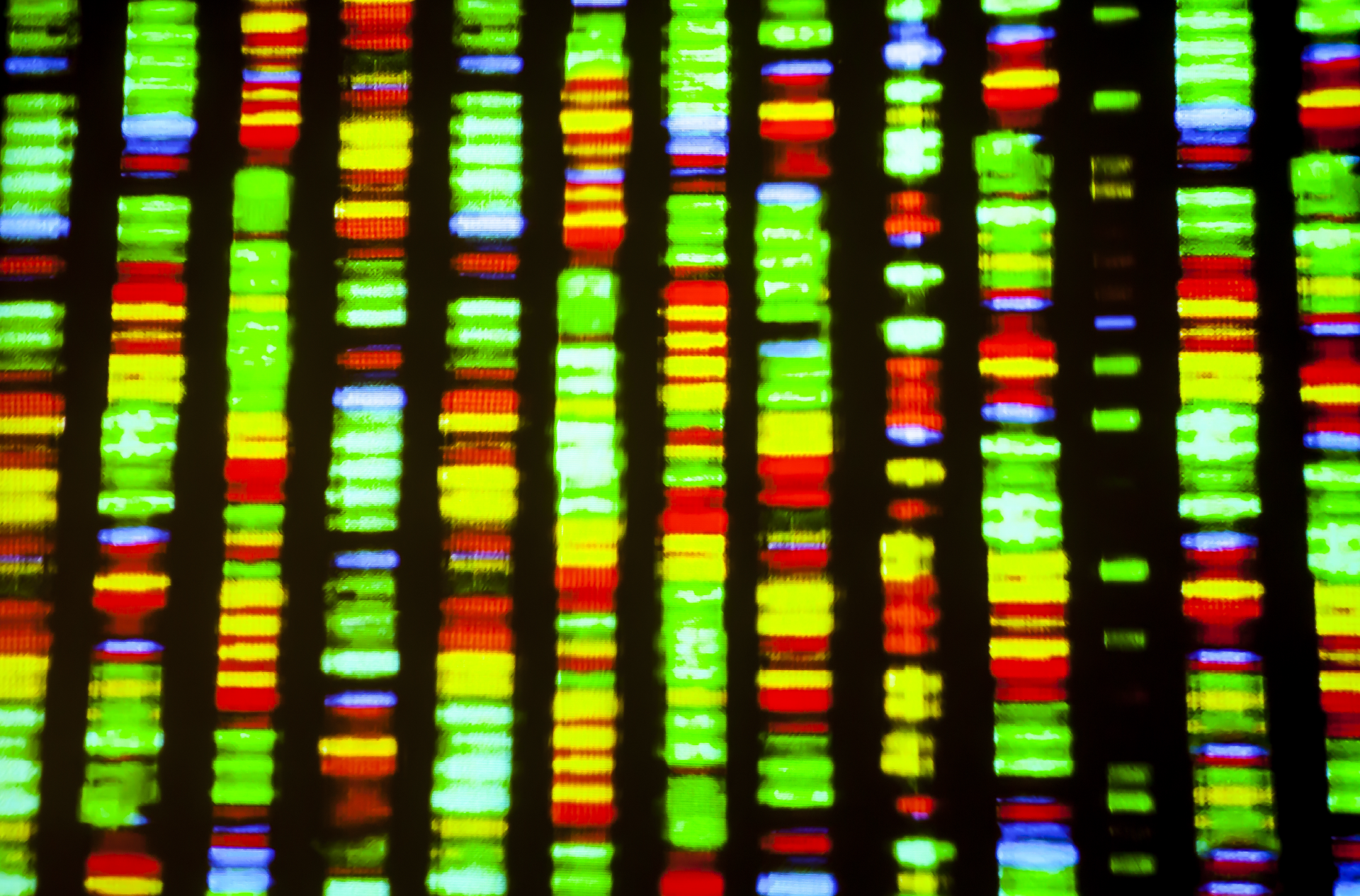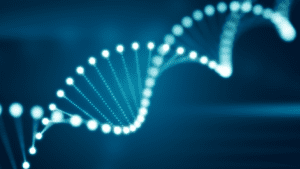CpG islands are short sections of DNA that play a crucial role in gene regulation. Unlike most of the genome, these sequences are GC-rich. They contain large numbers of CpG dinucleotides that are predominantly unmethylated. CpG islands are typically found in the promoter regions of genes and are associated with transcription initiation. While CpG islands are known to be important for gene regulation, their specific functions and mechanisms are still being explored.
In this article, we will delve into the role of CpG islands in gene regulation and explore how alterations in CpG island methylation can impact gene expression. We will also discuss the relationship between CpG islands and tumourigenesis. By understanding the intricate mechanisms underlying CpG islands, we can gain valuable insights into the complex world of gene regulation and its implications in various biological processes.
CpG islands and transcription initiation
CpG islands are unique DNA sequences that are characterised by their high GC content and abundance of CpG dinucleotides. These islands are typically found in the promoter regions of genes, which are crucial for controlling gene expression. Research has shown that the presence of CpG islands in gene promoters is associated with transcription initiation.
One of the key features of CpG islands is their ability to destabilise nucleosomes, which are protein complexes around which DNA is wrapped. This makes the DNA more accessible to transcription factors and other proteins involved in transcription initiation. Additionally, CpG islands act as targets for proteins that help reorganise chromatin state ready for transcription, further facilitating gene activation. These shared DNA sequence features of CpG islands make them a key modulator of gene activity.
CpG island methylation and gene silencing
While CpG islands are generally associated with active gene expression, their methylation can lead to gene silencing. DNA methylation involves the addition of a methyl group to the cytosine residue of a CpG dinucleotide, resulting in a methylated CpG site. Methylation of CpG islands is often associated with transcriptional repression and inactivation of gene promoters.
Dense CpG methylation at CpG island promoters can prevent the binding of transcription factors and other regulatory proteins, effectively silencing gene expression. Additionally, the recruitment of polycomb proteins to methylated CpG islands can further contribute to gene silencing. Polycomb proteins are involved in the formation of repressive chromatin structures, which prevent gene activation.
The precise mechanisms by which CpG island methylation leads to gene silencing have not been fully elucidated, but attract a large amount of research. It is clear that alterations in CpG island methylation can have profound effects on gene expression and contribute to various biological processes, including tumourigenesis.
CpG islands and tumourigenesis
Aberrant DNA methylation, including CpG island hypermethylation, has been implicated in tumourigenesis. CpG islands located in promoter regions associated with tumour suppressor genes often become hypermethylated in order for those suppressor genes to become inactivated in cancer cells. CpG island hypermethylation has been observed in almost every tumour type and is associated with the silencing of key cellular pathways involved in DNA repair, cell cycle regulation, apoptosis, and more.
The specific mechanisms underlying the selection of certain genes for CpG island hypermethylation in cancer cells are still not fully understood. However, CpG island hypermethylation plays a significant role in the inactivation of tumour suppressor genes, contributing to the development and progression of cancer.
Understanding the impact of CpG island methylation on gene expression and its association with tumourigenesis is crucial for developing targeted therapies and diagnostic tools for cancer. By identifying and targeting aberrantly methylated CpG islands, it may be possible to reactivate silenced tumour suppressor genes and restore normal cellular functions.
Chromatin profile of CpG island promoters
To gain further insights into the role of CpG islands in gene regulation, researchers have analyzed the chromatin profiles of genes with and without CpG island promoters. These studies aim to understand the distinct chromatin organisation of CpG island promoters and their impact on gene expression.
One study compared the levels of histone modifications and other epigenetic modifications in CpG and non-CpG promoter genes with precisely matched expression levels. Histone modifications play a crucial role in regulating gene expression and are often associated with specific chromatin states.
The study found that CpG and non-CpG promoter genes with matched expression levels have similar distributions of histone modifications associated with transcription elongation, such as H3K36me3. This modification is linked to transcription elongation and is enriched within the bodies of expressed genes. The accumulation of H3K36me3 towards the end of both CpG and non-CpG promoter genes suggests a similar mechanism of deposition in transcription elongation.
However, other histone modifications, such as H4K20me1, H2BK5me1, and H3K79me1/2/3, showed distinct distributions in CpG and non-CpG promoter genes. These modifications were enriched within the bodies of CpG promoter genes, with peak levels located closer to the transcription start site. In contrast, non-CpG promoter genes showed only weak enrichment of these modifications.
Interestingly, another class of histone modifications associated with transcription showed a shifting pattern in CpG promoter genes. Histone methylations, such as H3K9me1, H3K4me2, H3K4me1, and H3K27me1, were enriched in CpG promoter genes, but the location of the most modified nucleosomes varied depending on the expression level. Highly expressed CpG promoter genes had maximum modification levels on nucleosomes located further into the gene body, while lowly expressed genes showed higher modification levels on the +1 nucleosomes.
These findings suggest that CpG islands in gene promoters are associated with distinct chromatin profiles, which may contribute to the regulation of gene expression. The recruitment or activation of histone-modifying enzymes during transcription elongation may play a role in shaping these chromatin profiles.
Future directions and implications
The study of CpG islands and their role in gene regulation is a rapidly evolving field. As we continue to unravel the intricacies of CpG islands, their methylation patterns, and their impact on gene expression, new avenues for therapeutic interventions and diagnostic tools may emerge.
Understanding how alterations in CpG island methylation contribute to disease states, including cancer, may provide novel targets for treatment. By selectively reversing CpG island hypermethylation and reactivating silenced genes, it may be possible to restore normal cellular functions and inhibit tumour growth.
Additionally, the identification and characterisation of specific CpG islands associated with disease states may lead to the development of biomarkers for early detection and prognosis. By analysing the methylation status of CpG islands in patient samples, healthcare professionals may be able to assess disease progression and tailor treatment strategies accordingly.
In conclusion, CpG islands play a critical role in gene regulation, with their presence in gene promoters associated with transcription initiation. Alterations in CpG island methylation can lead to gene silencing and contribute to various biological processes, including tumourigenesis. Understanding the chromatin profiles and mechanisms underlying CpG island function provides valuable insights into gene regulation and has the potential to revolutionise the diagnosis and treatment of diseases. Further research in this field will undoubtedly uncover new layers of complexity and pave the way for innovative approaches in the field of biotechnology and epigenetics.
References
- Thomson JP, et al. (2010) CpG islands influence chromatin structure via the CpG-binding protein Cfp1. Nature, 464(7291), 1082-1086.
- Mendenhall EM, et al. (2010) GC-rich sequence elements recruit PRC2 in mammalian ES cells. PLoS Genet, 6(12), e1001244.
- Karlic R, et al. (2010) Histone modification levels are predictive for gene expression. Proc Natl Acad Sci USA, 107(7), 2926-2931.
- Bernstein BE, et al. (2002) Methylation of histone H3 Lys 4 in coding regions of active genes. Proc Natl Acad Sci USA, 99(13), 8695-8700.
- Ernst J, et al. (2010) Discovery and characterization of chromatin states for systematic annotation of the human genome. Nat Biotechnol, 28(8), 817-825.
- Hackenberg M, et al. (2006) CpGcluster: a distance-based algorithm for CpG-island detection. BMC Bioinformatics, 7, 446.
- Weber M, et al. (2007) Distribution, silencing potential and evolutionary impact of promoter DNA methylation in the human genome. Nat Genet, 39(4), 457-466.



